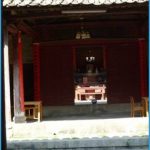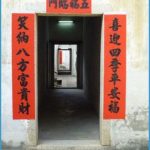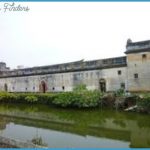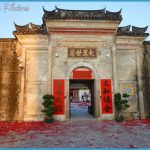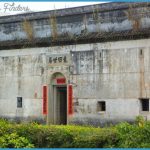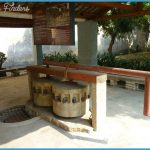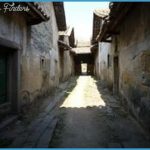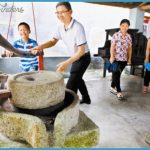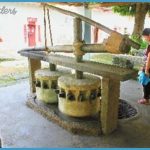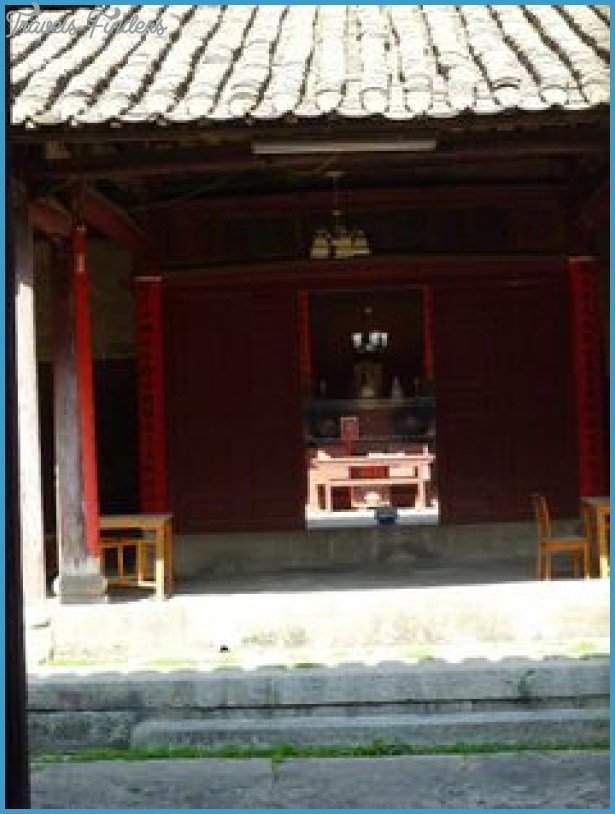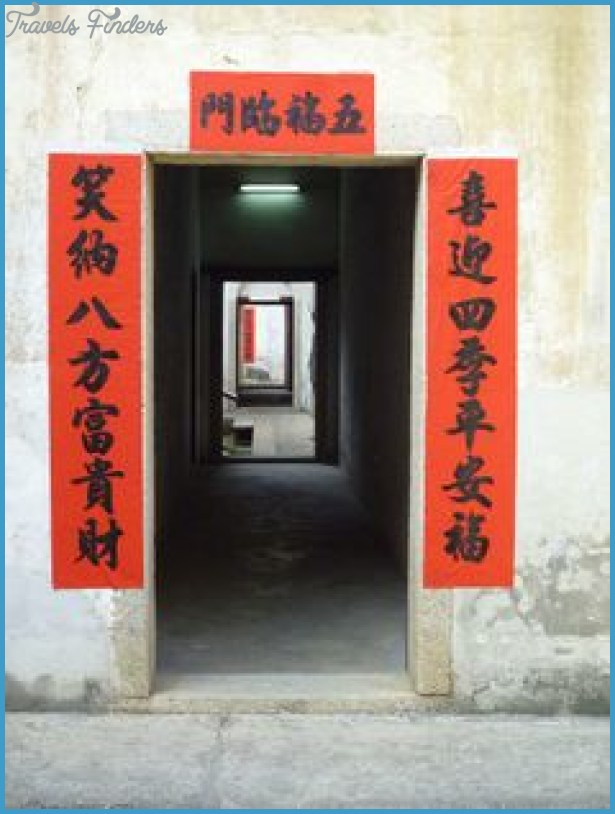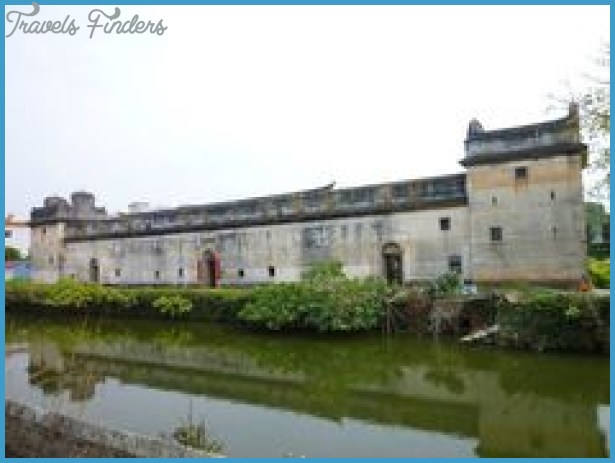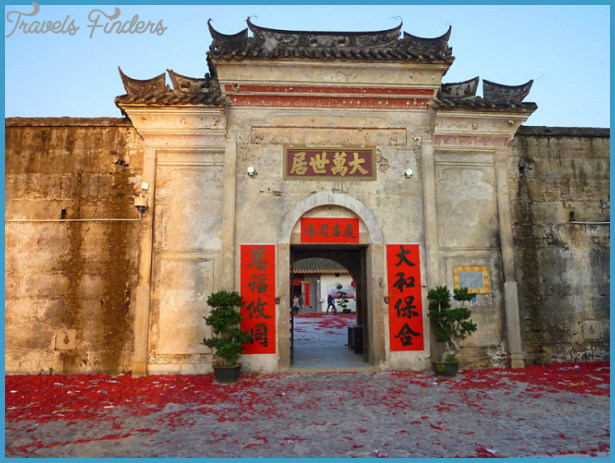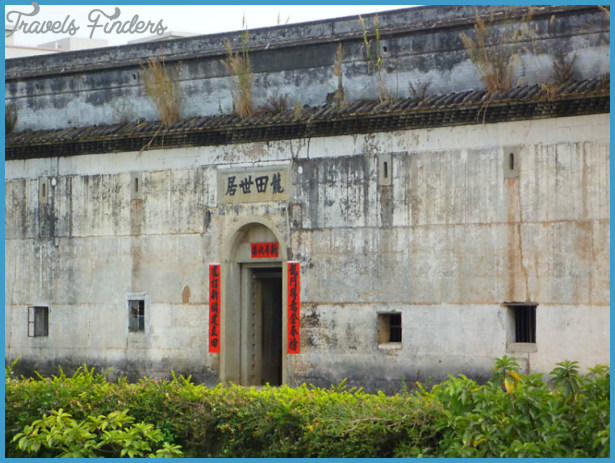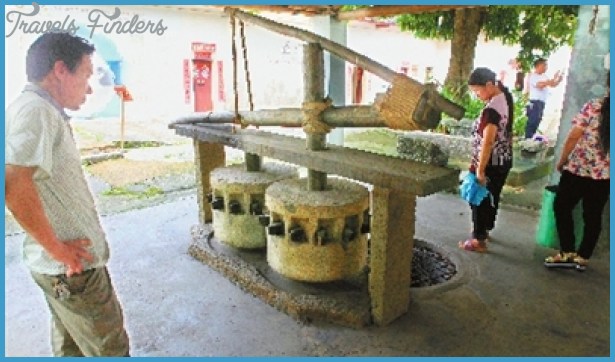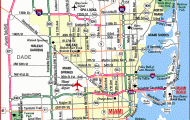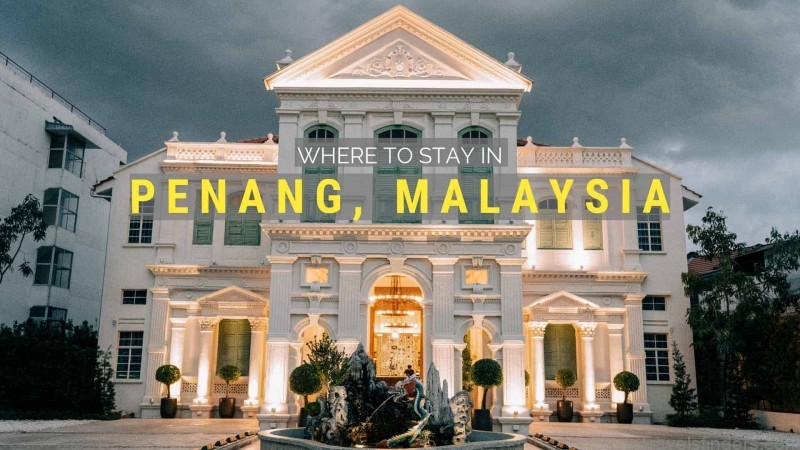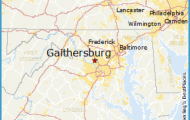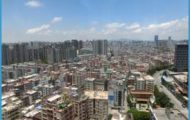The museum is located at the central area of Longgang Town 28 kilometres away from Central Shenzhen. Officially the museum is known as Hehu or Crane Lake New Residence. The crane is a symbol of longevity in Chinese culture.
It will take you 90 minutes by bus, or 45 minutes by taxi or metro, to get to Hehu from central Shenzhen. Entering the administrative centre of Longgang you could be forgiven for thinking that you’d slipped through some deep space wormhole and been transported to a futuristic Californian CBD. Fine hyper-modern office buildings and luxury apartments are distributed in an orderly fashion along meticulously kept tree-lined avenues and you find yourself wondering where the ghost of Le Corbusier keeps an apartment.
Then suddenly you are back in the chaos, noise and dirt of construction. You get off the bus, thread your way through touts selling just about everything, down some narrow streets, dodging street barbers and the ubiquitous cold drink sellers and suddenly Hehu appears.
It looks from a distance like a huge square fortified castle with enormous twenty-foot high smooth walls. Brass cannon stand at attention athwart the entrance. At the four corners of the construction are tall defence towers called diao lou. If you’re like us, accustomed to the small Hakka wai or fortified villages of Hong Kong, the scale of Hehu comes as something of a shock. This is the largest well-preserved wei in China. It measures a whopping 166 metres from north to south and 109 metres from east to west. There is room in it to accommodate over one thousand people. Woe to any Cantonese who thinks he can penetrate this fortress.
We like a bit of good calligraphy and were fascinated by the various inscriptions round the complex. The age of the building means that the styles of more recent imperial figures, particularly the notorious last Empress Dowager, Ci Xi, prevail. Ci Xi, the former Manchu beauty and concubine, Yehonala, ruled China from behind the throne for the last half of the 19th century and the beginning of the 20th. She has a pleasant distinctive calligraphy style and examples of it can be seen on the tablets near the main gate saying Communal Life Here and Peaches and Good Fortune Every New Year.
The Fortress was built for the Luo Clan, one of the famous Hakka clans of Bao’an County.
Construction started in 1817 and continued for several decades. For defence purposes the building has a classic Hakka double ring structure with an inner and an outer ring. If they make it through the first ring they have a second set of fortifications to contend with. And if they get through that, the defenders have a further advantage via the labyrinthine layout of the rooms in the interior. Inside the walls, the rooms, lanes and corridors are laid out in a fashion, which is logical to those who know about it but not to outsiders. This is a low-lying, swampy area so the many wells and vegetable gardens are further assurances against siege.
Many of the rooms have displays. Just inside the front gate is a comprehensive history of the six historic migrations of the Hakka unfortunately only in Chinese. There are also displays of the historical records of Longgang Village and some of the more esoteric aspects of Hakka folk culture. We liked the stuff about Hakka peasant headgear. We’ve talked a lot about the Hakka hat and this is a good place to learn more about it.
Just inside the front door, there is a display of famous Hakka historical personalities, a group ranging from Deng Xiaoping himself through to former Singapore Prime Minister Lee Kwan-yew.
Telephone: 0755 8429 6108 Time: 8:00~11:30, 14:00~17:00 Entry: $10
Bus no.357358367365380
Website: http://www.lgtour. gov. cn/doce/fgwx-bb .asp?ProID=117

